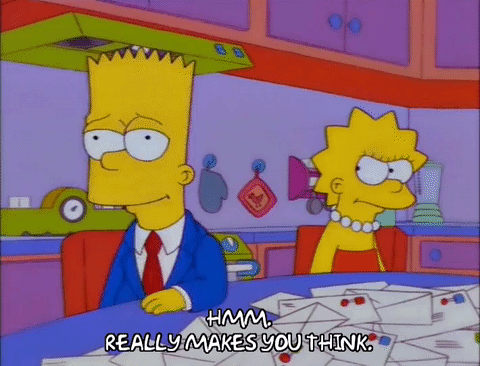Even the layout and transportation was not a new idea. There really isn't much in EPCOT that was all that radical or has not been done somewhere.
Cribbed from
Garden Cities of Tomorrow. Almost down to the name, swapping "Garden" for "Experimental Prototype". The ideas had been around for decades and many examples of "
Garden communities" had already existed.
Agreed. Sure, certain elements of Walt's vision were beyond lofty, but I don't think the original idea for Epcot was "crackpot." Modern urban planning largely focuses on all sorts of mixed-use development and walkable communities, albeit at a (generally) smaller scale than Walt envisioned in Epcot. Infill and mixed-use is more sustainable. And the circular city is a classic city layout. The big issue with Walt's original vision for Epcot is that it asks people give up the level of personal individual freedom that we expect in America (e.g., no ownership of homes/land, minimal automobile use, etc.).
In a free, capitalist society, I would call banning retirees and those unable to work due to disability pretty "crackpot" and there were plenty of ideas about how inhabitants were to "live" day to day that coincidentally or not, meshed well with ideas of 1950's-60's corporate "stewardship" of society. Like an Ayn Rand-lite.
Garden Cities of Tomorrow has much about how cities should not just be physically organized, but also how the society inhabiting said city should be organized.
Also,
Garden Cities of Tomorrow and E.P.C.O.T. were explicitly not mixed-use, as the centers were dedicated to industry, service, and corporate uses, followed by a green belt of parks and recreation, followed by housing, moving from high density to medium to lower density, single family home "garden communities" in EPCOT's case OR a total reversal of this, with parks and green space at the center, housing, then industry/factories, sometimes with green space between the factories and housing in
Garden's case.
I don't think that was the case either. Lots of people rent houses and apartments with no ownership, and if you lived in one of the regular houses, you still owned your own car, you just drove it in and out of the city only, as there wasn't need to park inside the city anywhere.
But the key is the "Experimental Prototype". This was the test bed, not that all cities were going to have the same governance requirements.
Also, varying levels of this kind of thing already exists even for homeowners, with homeowner associations (for better or worse).
I find renting a home from a "public" entity that is owned by a corporation slightly different than renting a house from a private owner. And there would not have been any HOA. RCID inhabitants explicitly give up voting rights on municipal matters. Good luck finding anyone without pixie dust on their brain or their paycheck signed by Walt himself signing up for that. Maybe it was only a prototype and adjustments would have been made, but I'm in the corner that it would have never been built as publicly shown.
I am of the belief that E.P.C.O.T. was a ruse in order to acquire the rights to agglomerate the individual parcels of land into a district in which the corporation had complete control. At most, they would have built a small, prototype city, ala Celebration, to fulfill any requirements of a "city" being part of the RCID agreement, which it conveniently was not, go figure.
Apologies for length of post.
John Raley
Executive Correspondence Specialist
Walt Disney World Resort
That is fancy sounding. I wonder if it all fits on the name tag?

